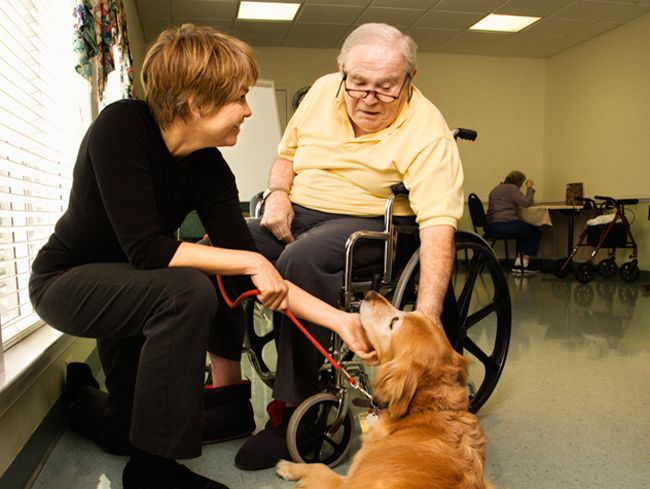How to get involved in local community
7 Simple Ways You Can Get Involved in Your Community
By Alicia Sparks Akers on September 30, 2014
I spent last Saturday at a local music and arts festival and when I say local, I mean LOCAL. Organizers held the venue in my citys park, all food vendors were from mom-and-pop shops around town (no national chains), artists from around the area displayed their jewelry, paintings, clothing, and other merchandise, and all musicians were from within the tri-state area. I had a great time shopping, eating, and listening to great tunes with family and friends, and Im grateful for everyone who worked so hard to put together the festival.
Im a firm believer that getting involved in your community is beneficial for both your mind and your body. Theres a sense of connection, solidarity, and strength that comes from organizing or participating in an event within your own neck of the woods.
With that being said, below are seven ways you can get involved in your own community.
1. Look for Local Events
Keep an eye on newspaper and news station announcements. Whether its a music and arts festival, a performance by your local dance troupe, or a special presentation such as an outdoor movie viewing, GO!
2. Volunteer Your Time
There are TONS of ways you can volunteer your time. For example, you might volunteer as a dog walker for your local animal shelter or volunteer to read to the elderly at retirement homes. Just think about whats important to you, reach out to that organization, and ask!
3. Donate Your Resources
If you dont have time to volunteer, then donate. Actually, donate anyway! Some donation ideas include donating:
- Clothes and household goods to your local thrift shops or area Salvation Army or Goodwill.
- Food to your citys food bank.
- Bed linens to your towns city mission or homeless shelter.
- Books to area libraries.
- Food, cleaning supplies, and bedding to your local animal shelter.

NOTE: Theres DEFINITELY nothing wrong with donating money, too, but I feel like actual products get you more involved in the community.
4. Shop Locally
Buy from local vendors. I purchased the cutest handmade bracelet from the festival, and there were paintings and clothes there, too. You can also skip the Big Box grocery stores and shop with locally owned grocers or at farmer markets.
5. Join a Class or Group
Two summers ago I joined a running class hosted by a track runner from one of my states universities, which surprise! is located in my city. I met like-minded people, learned more about an activity I enjoy, and spent registration money you guessed it locally.
My town also has ongoing groups for runners, bikers (of the pedaling variety), and other outdoor activities.
6. Support Your Local Sports Teams
You might not even be aware of how many sports teams surround you. Think about it. Does your town have a Little League? What about a Minor League? Think about high school and college sports teams can you go support them? Remember: Players play because they love the game, but seeing fans in the stands can make a world of difference.
7. Organize Your Own Event
OK, so maybe you don’t feel qualified (or have enough time) to organize something as involved as a music and arts festival or marathon, but that doesn’t mean you can’t team up with a few friends and organize a fun event! Think about special kids’ events at the library, car washes to raise money for your church, or putting together goodie baskets for hospitals and retirement homes.
Your turn! How do YOU get involved in YOUR community?
Photo by Elaine Casap on Unsplash.
How to Get More Involved With Your Community
Start » Strategy
Giving back to the community is crucial to building trust and personal relationships with your customers. Here’s how to get more involved with your community.
By: Nicole Fallon, Contributor
Looking for a way to give back to the community? Organize volunteer opportunities like park clean-ups or food drives. — Getty Images/SDI ProductionsAs a small business owner, giving back to your community is a win-win situation. Not only are you supporting important local initiatives and organizations, but you’re also forging connections with your customers and showing them you care about what’s important to them.
Not only are you supporting important local initiatives and organizations, but you’re also forging connections with your customers and showing them you care about what’s important to them.
“Consumers appreciate businesses that not only want to sell but genuinely care about the needs of the communities they’re in,” said Deiver Montes, co-founder of Avalon Sports. “There’s no better way to build rapport with your community than getting involved at a local level.”
In addition to helping your company gain more exposure and ultimately more business, donating your time, goods or financial resources to a worthy cause can also “help to improve employee morale and make improvements to the community and neighborhoods surrounding the business location,” added Helen Varvi, deputy director of Wellspring Center for Prevention.
Here are six ways to get more involved with your community and give back as a business.
Donate to local charities
Donating to a charitable cause or local nonprofit is a simple yet effective way to give your community the tools it needs to make a difference. This is a good entry point for businesses that want to give back, as it’s often as easy as clicking a button on a website or mailing a check. You might also consider donating products or offering pro bono services to community organizations for even greater brand exposure and community impact.
This is a good entry point for businesses that want to give back, as it’s often as easy as clicking a button on a website or mailing a check. You might also consider donating products or offering pro bono services to community organizations for even greater brand exposure and community impact.
[Read more: What Is Corporate Social Responsibility?]
Serve on a board
Joining a board, such as a nonprofit board, business organization board or school board, is a great way to get involved with your local community and to help serve the community’s needs. These boards also offer an incredible opportunity to network with other local leaders and make important connections that can contribute to your business’s future growth.
Sponsor local events and sports teams
Nearly every community hosts local events and organized sports teams. Sponsoring these events or teams allows for an opportunity to be a part of your community culture, while also generating valuable engagement and positive public relations for your business.
Volunteer your time
One of the best ways to get involved in your community is by getting hands-on experience and volunteering. Pick a cause that is important to you and your team and aligns with your brand values, and plan a day to volunteer together. Aside from supporting the cause, you’ll be building team camaraderie and contributing to a positive company culture.
“When a business’s mission or founding purpose aligns with a similar or specific community organization, it is an awesome synergy,” said Melanie Fountaine, co-founder and COO of Joshin. “For instance, if a business works with families with special needs, supporting a local nonprofit for people with special needs is a win-win. It creates a relationship and feeling of connection.”
[Read more: 7 Wellness Benefits You Can Offer Employees]
Consumers appreciate businesses that not only want to sell but genuinely care about the needs of the communities they’re in.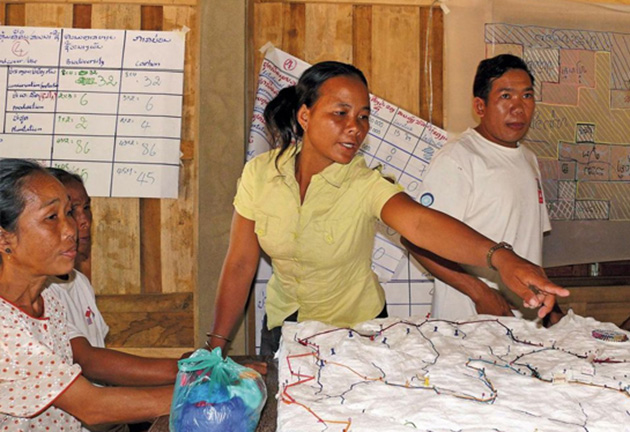
Deiver Montes, co-founder of Avalon Sports
Join your local chamber of commerce
Your local chamber of commerce is a centerpiece for business in your community. Getting involved with your own allows you the opportunity to network with other small businesses in the area. It also gives you the opportunity to become among the leading experts in your industry.
Participate in online community forums
Most communities have a website or news publication where local residents and organizations can connect with each other via an online forum. Adam Eisenberg, senior editor of community engagement at hyperlocal publisher Patch, recommends this as an effective way for businesses to stay in touch with the community and its needs.
“Local businesses were hit particularly hard during the coronavirus crisis and the ripple effects are still being felt over a year later,” Eisenberg told CO—. “Neighbors and local customers want to support local businesses now more than ever.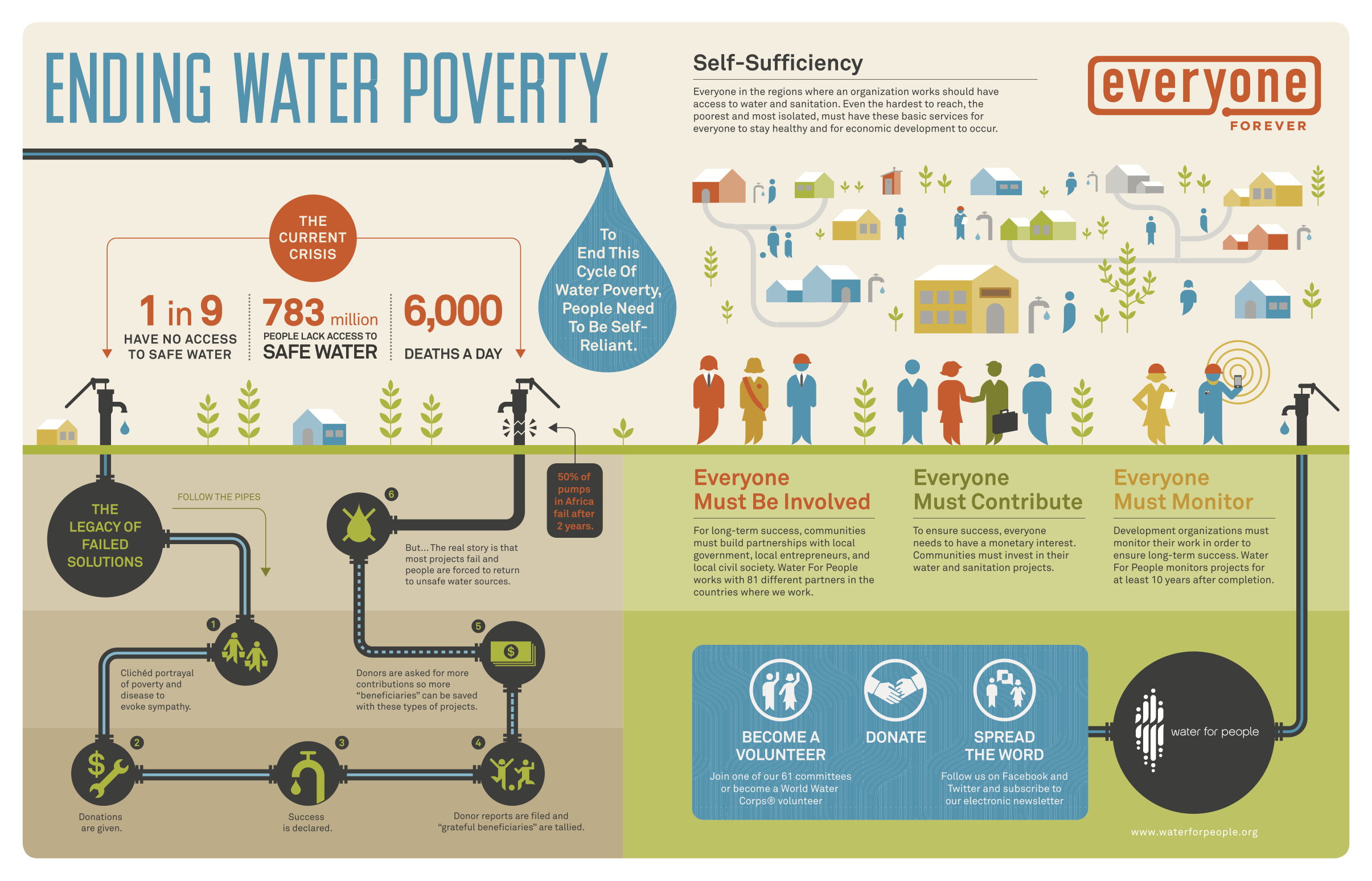 Getting involved in these conversations can help forge real, lasting connections between local customers and small businesses in the community.”
Getting involved in these conversations can help forge real, lasting connections between local customers and small businesses in the community.”
[Read more: Building Your Reputation in the Community? 3 Tips for Getting Involved]
Whatever way you choose to give back, make sure it’s authentically aligned with your brand and its values, as well as important to your local community overall.
“Be transparent and authentic in [your] interactions with local customers,” said Eisenberg. “Customers build affinities for businesses when there's more to the experience than just a transaction, so the more ways businesses can find to engage local customers and get them involved in their efforts to give back, the more likely they are to see those efforts pay off.”
“Whatever you do, you do it from your heart, whether it’s donating your time, talent or treasure,” added Pat Mathews, co-founder of Avalon Sports. “The more genuine and authentic you are, the better it [will] be received and appreciated.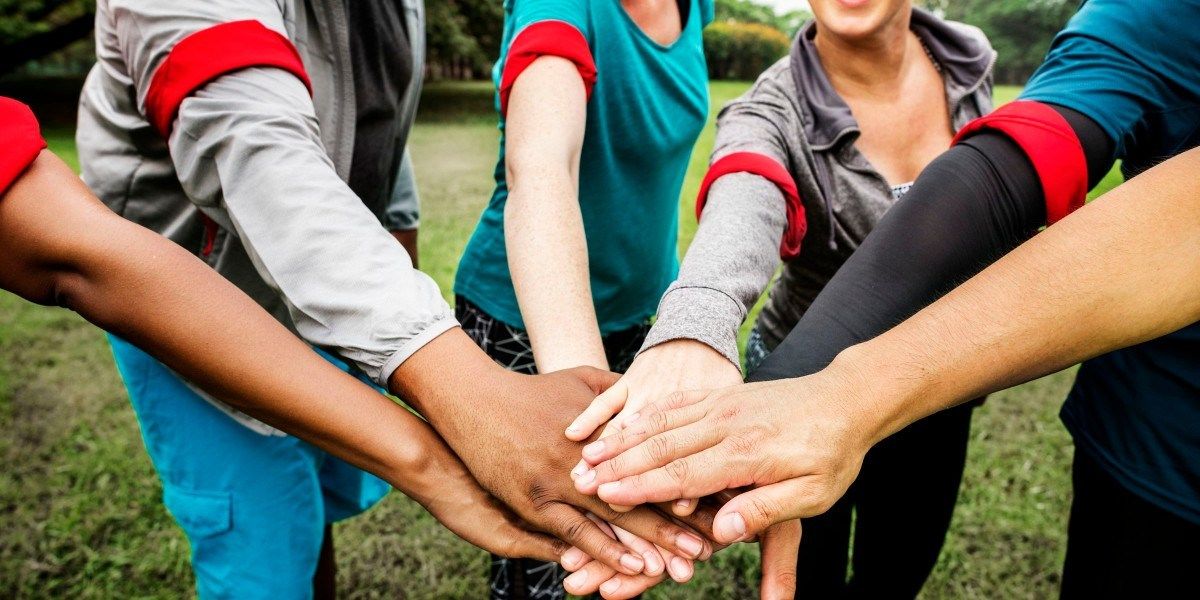 ”
”
CO— aims to bring you inspiration from leading respected experts. However, before making any business decision, you should consult a professional who can advise you based on your individual situation.
Follow us on Instagram for more expert tips & business owners’ stories.
To stay on top of all the news impacting your small business, go here for all of our latest small business news and updates.
CO—is committed to helping you start, run and grow your small business. Learn more about the benefits of small business membership in the U.S. Chamber of Commerce, here.
Subscribe to our newsletter, Midnight Oil
Expert business advice, news, and trends, delivered weekly
By signing up you agree to the CO— Privacy Policy. You can opt out anytime.
Published May 07, 2021
Americanization: how to join the local society - #LABandaRu
Coming to the USA and clinging to the Russian-speaking emigration brothers with a stranglehold is, of course, easier than ever and very attractive at first. However, after a while, you seem to find yourself in an open area of the airport: no longer in your own country, but not yet in America.
However, after a while, you seem to find yourself in an open area of the airport: no longer in your own country, but not yet in America.
If you linger in this state for years, there is a risk of turning into those same dinosaur emigrants who froze at the time of departure. Read about it in the article: Emigrant's longing >>>
Blinded from what was
elle.ruUpon arrival, I want to create a new comfort zone out of the chaos and confusion of disorder as quickly as possible. That is, make friends with whom you celebrate holidays together, go to visit and cry in a vest, and acquaintances. Acquaintances - this is the very society, socialization and in many ways assimilation in a new country.
Get-togethers with co-workers, common professional jokes, shopping girlfriend, buddy you go to the gym with on the same days, hiking guys, old lady from the park who has the cutest dog in the area, neighbors, at the end in the end, all these people will become your guides on the path of Americanization.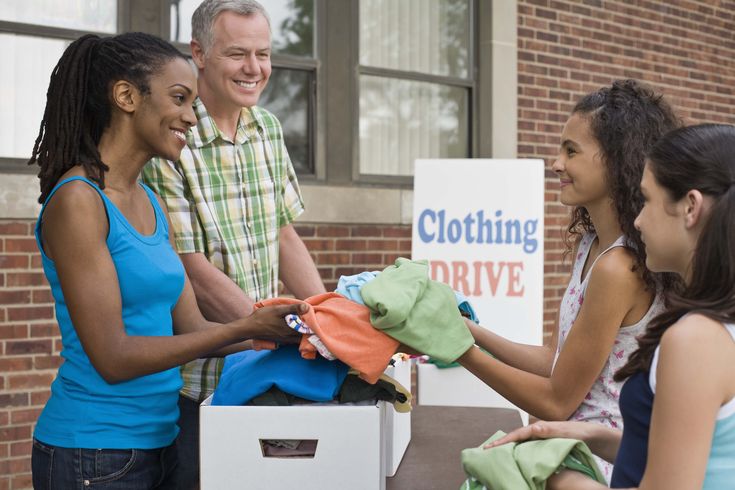
The main condition is the language. Even minimal knowledge will already allow you not to be left alone (read only among Russian speakers). To learn how to hone your communication skills, read the article: How to learn English >>>
Dig from here until lunchtime
albione.ruGetting started is probably the most difficult step. You are not the only one, so there are special events where people who are interested in communication gather. Everyone is extremely open, smiling and happy to enter into a dialogue. You can find out about such events, for example, using the Meetup app. There you will find many groups based on interests, ages and even gender differences.
You can also contact the church. It is very likely that you will be assigned a volunteer who will give you English lessons several times a week by discussing various topics. However, his mission does not end there. Your so-called conversation partner will try to introduce you to his surroundings and suggest a lot of useful things - from how you should and should not behave in society, to advice on everyday life, saving money and organizing leisure activities. You may even be invited to traditional holidays.
You may even be invited to traditional holidays.
Expanding the area of influence
vesco-realty.ruHaving become adept at communicating with strangers, we are moving to a new level. There are always people around you that you see from time to time: neighbors, friends of friends, those who regularly visit the places you go to. Visual contact and a couple of words are enough to establish the first communication. After all, not only you notice them, but they also notice you. There is already a new phone number in your notebook, and you spend your next visit to the SPA, library or game store in a pleasant company.
It's quite easy with neighbors. Buy inexpensive gifts or cards for the next holiday and leave them at the door of those you would like to get to know better. Sign the postcards with your contact details. The surprise will not keep you waiting long. Perhaps even in the form of a neighbor with a plate of freshly baked cookies on your doorstep.
Separately, it is worth dwelling on sporting events.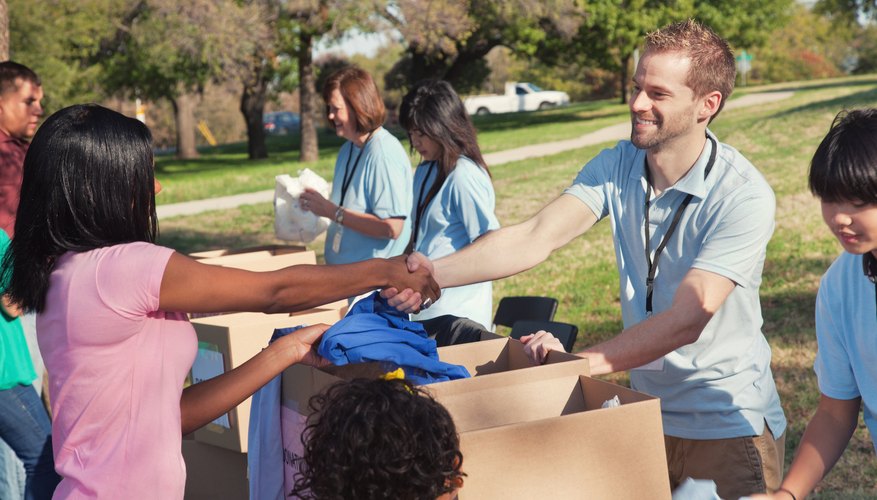 Americans are obsessed with sports, and you should at least take a closer look at baseball and American football. If you understand all these teams, follow the games and sincerely cheer, wow, the reward will not keep you waiting.
Americans are obsessed with sports, and you should at least take a closer look at baseball and American football. If you understand all these teams, follow the games and sincerely cheer, wow, the reward will not keep you waiting.
What else...
woman.forumdaily.comOf course, work in an American company. This will actually immediately draw you into the whirlpool of American life, because the locals are welcoming, friendly and will themselves invite you to get-togethers. Among other things, you are a conductor of a foreign culture, this alone makes you an attractive interlocutor in their eyes.
It is also useful to fall in love with a representative of the American nation. Here you can kill not even two birds with one stone, but a whole crowd with one shot. And remember, your background, accent, and even mentality can be delicious icing on the cake of your charm. Play your cards wisely and smile a lot.
You will live in this country for a very long time, so let this life be full of ordinary human joys, and the new place of residence will become a home as soon as possible.
Author: Natalia Koroleva
More related articles:
Russian-speaking community in Los Angeles >>>
Americans: who they are and what they eat with >>>
15 Apps for Living in LA >>>
The opinion of the author may not coincide with the position of the editors.
What contributes to the successful adaptation of immigrants - News - IQ Research and Education Portal - National Research University Higher School of Economics
The well-being of immigrants in a new country depends on various factors. Among them, researchers single out social capital - the presence of friends who are ready to help with housing, work and other important issues, as well as the desire of an immigrant to join a new society (acculturation strategies). Which of these two factors is primary for successful adaptation was analyzed by HSE researchers using the example of people from Central Asia and South Korea living in Moscow.
From friends to strategies
The level of social and cultural adaptation of migrants depends on how comfortable a person feels in a new society: whether he knows local norms and values, whether he knows how to behave correctly, and even understands humor.
The level of socio-cultural adaptation is influenced by social capital and acculturation attitudes. The first is acquaintances who are ready to help financially or in some other way: move things to a new apartment, repair a computer, get a job, talk about the features of the local culture, and much more. It can be like fellow countrymen - and then we are talking about a binder ( bonding ) social capital - so someone from the locals, then this is bridging social capital.
According to John Berry's theory of acculturation, when a migrant moves to a new country, he solves two main problems for himself. The first is how deeply he can get involved in the local society and communicate with its representatives, adopting their norms and values. The second is how strongly to stick to your native culture, to preserve the language, values and traditions. This is how an acculturation strategy is formed. There are four in total.
They can be represented schematically as follows:
Assimilation. A migrant moves with an attitude of total inclusion in a new culture. He wants to be accepted by the new society, so he learns the language, adopts values and at the same time slowly loses his native culture.
Separation. It implies minimal inclusion in the local culture. As a rule, during separation, migrants live in enclaves, retain their language, culture and norms.
Integration is considered the most difficult but most productive strategy. The visitor retains his culture, but at the same time tries to assimilate the values and behavior of the host society as best as possible.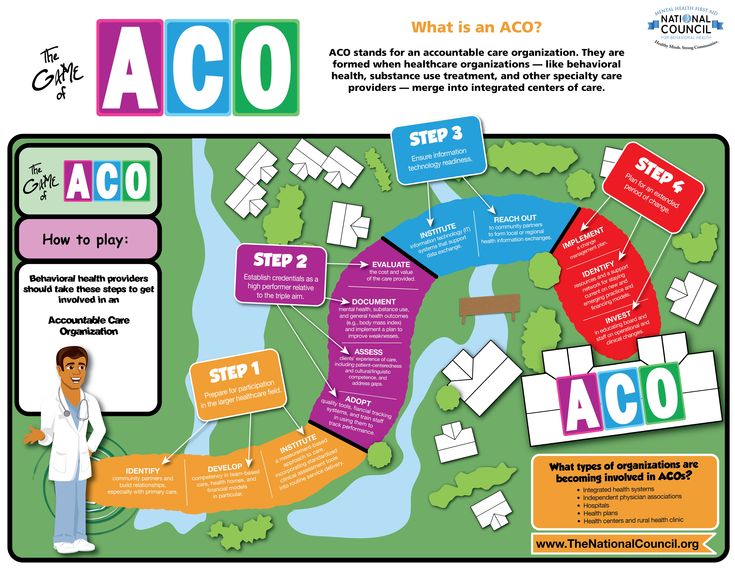 According to Alexander Tatarko, one of the authors of the study, this strategy is the most favorable for psychological health, because it does not entail the loss of roots, as in assimilation, and does not interfere with effective adaptation, like separation.
According to Alexander Tatarko, one of the authors of the study, this strategy is the most favorable for psychological health, because it does not entail the loss of roots, as in assimilation, and does not interfere with effective adaptation, like separation.
Marginalization . The migrant, on the one hand, becomes disillusioned with his original culture, because its values do not work in the new society. On the other hand, he does not want (or is not able) to accept the culture of the host society. Thus, he is somewhere in between - marginal. “This is the most counterproductive adaptation strategy for the individual. Its adherents often suffer from mental illness,” notes Alexander Tatarko.
In this study, the scientists undertook to figure out what: social capital or acculturation strategy - primarily. That is, what happens first - a person in a new place makes useful acquaintances and, on their basis, is determined with an acculturation strategy, or vice versa, builds his social circle, based on which path he decided to follow.
The researchers also wanted to understand what type of social capital - binding or connecting - leads to a higher degree of socio-cultural adaptation of Asian migrants in Russian society.
Respondents' choice
The study involved 122 migrants from Central Asia (Uzbekistan, Tajikistan, Turkmenistan, Kyrgyzstan and Kazakhstan) and 136 South Koreans.
The choice fell on these states, because from the point of view of global cultural dimensions they are similar. These are collectivist societies with a rather high index of power distance — the influence of the power hierarchy on the interaction of people within society. In these countries, a respectful attitude towards the leadership and unquestioning fulfillment of its requirements are considered mandatory. In addition, South Korea and the countries of Central Asia belong to masculine cultures - in them individual comfort and social assistance give way to material success, work, and the desire to dominate.
At the same time, these groups differ in the type of their social capital. Due to the common historical past, many immigrants from the former Soviet republics speak Russian and are well acquainted with the local culture, so it is easier for them to accumulate social capital that connects - to make useful contacts among local residents. While not all Koreans know Russian and are familiar with the culture of Russia, therefore, as a rule, they seek help from fellow countrymen.
Dating first
In general, the responses of both groups of immigrants regarding social capital and acculturation strategies showed that social capital is primary. Depending on how the visitor develops relations with both representatives of the local population and with compatriots who have moved, he chooses one or another acculturation strategy.
For migrants from Central Asia, contacts with both Russians and their countrymen have a positive effect on their integration into the new society.










